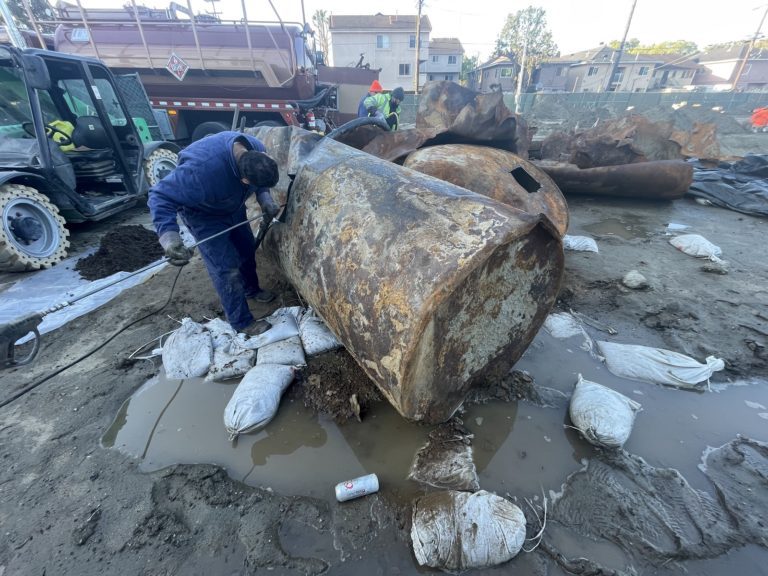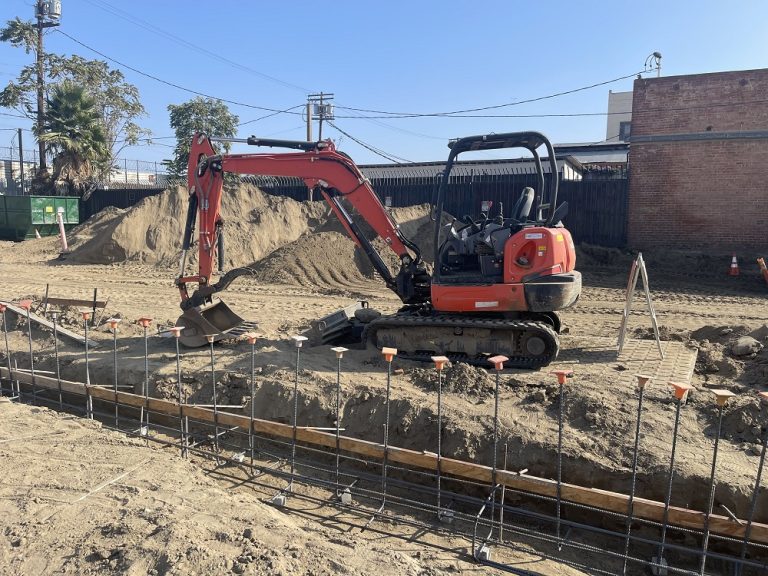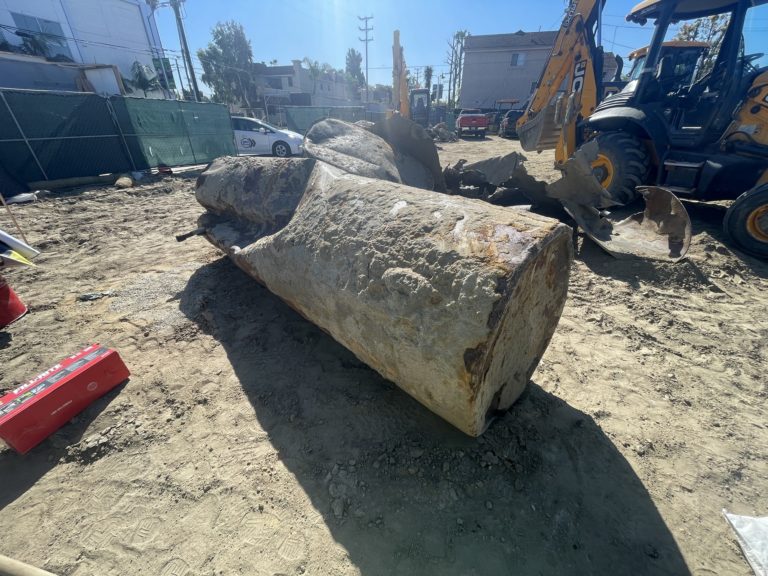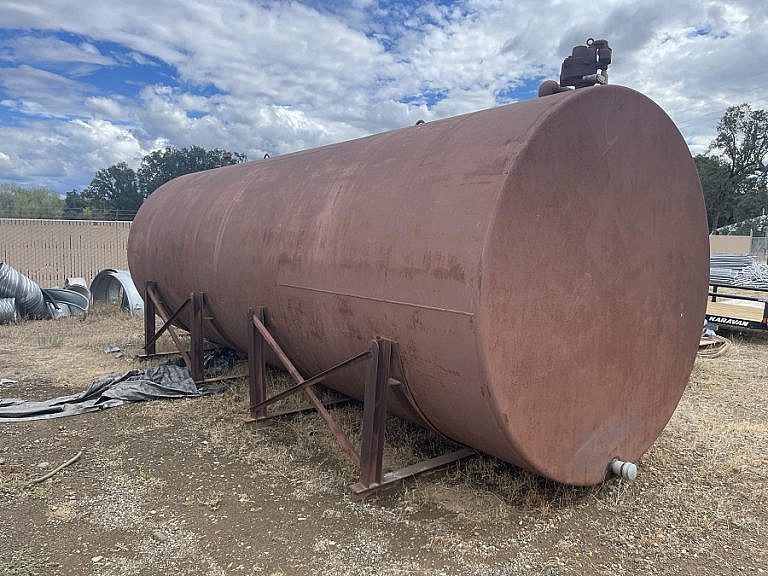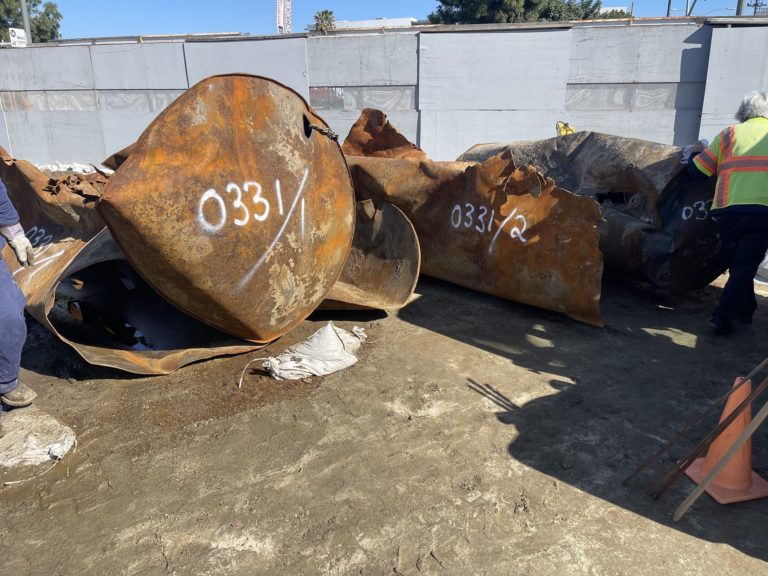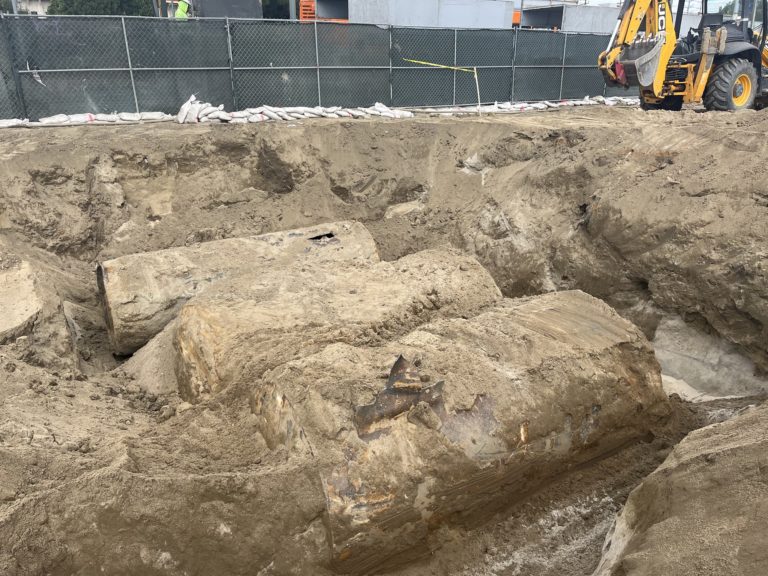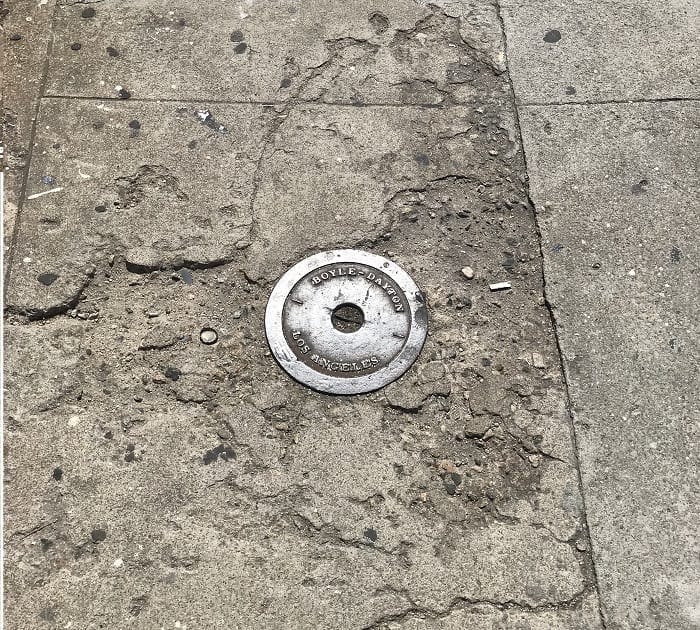Underground Storage Tank Soil Contamination
Underground Storage Tank Soil Contamination When there’s a problem with contamination from an underground storage tank, local environmental agencies get involved, and a geologist is needed to handle the cleanup. The most common reason for contamination is when an underground storage tank (UST) at a gas station starts leaking. USTs are used to store gasoline,…

